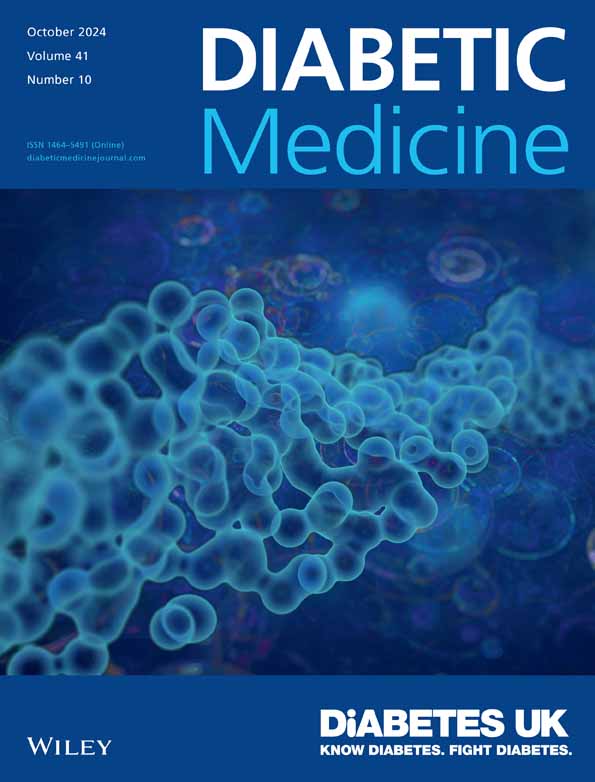Age- and sex-dependent lipid trajectories in children and adolescents with type 1 diabetes—A Danish nationwide registry-based study
Abstract
Aims
To examine age and sex differences in lipid trajectories in paediatric type 1 diabetes. Secondly, to examine the effect of HbA1c and BMI on low-density lipoprotein (LDL-C) trajectories and the proportion of children meeting the LDL-C threshold for intervention according to ISPAD guidelines.
Methods
Information on children and adolescents with type 1 diabetes was retrieved from DanDiabKids from 2005 to 2019. All individuals <19 years with at least two lipid measurements were included. Linear mixed effects models were used to model lipid trajectories over age with adjustment for potential confounders. Sex differences were examined as interactions.
Results
We analysed 1188 girls and 1,288 boys with a total of 8563 lipid measurements and a median (Q1-Q3) diabetes duration of 6.4 years (4–9.6 years) at last visit. Total cholesterol (TC), LDL-C and triglycerides increased across all ages for girls, while high-density lipoprotein (HDL-C) declined slightly. In boys, TC, LDL-C and HDL-C decreased from around 12 years, while triglycerides increased over the entire age scale. Higher HbA1c and BMI z-scores were associated with higher LDL-C. Depending on age and sex, 19%–42% of individuals had LDL-C values above the limit for intervention.
Conclusions
TC, LDL-C, HDL-C and triglycerides vary with age and sex in children and adolescents with type 1 diabetes. In addition, a high proportion of adolescents, particularly girls, have LDL-C levels above the intervention threshold. The results call for more research on age- and sex-specific levels of LDL-C that should lead to intervention to prevent future cardiovascular events.

 求助内容:
求助内容: 应助结果提醒方式:
应助结果提醒方式:


